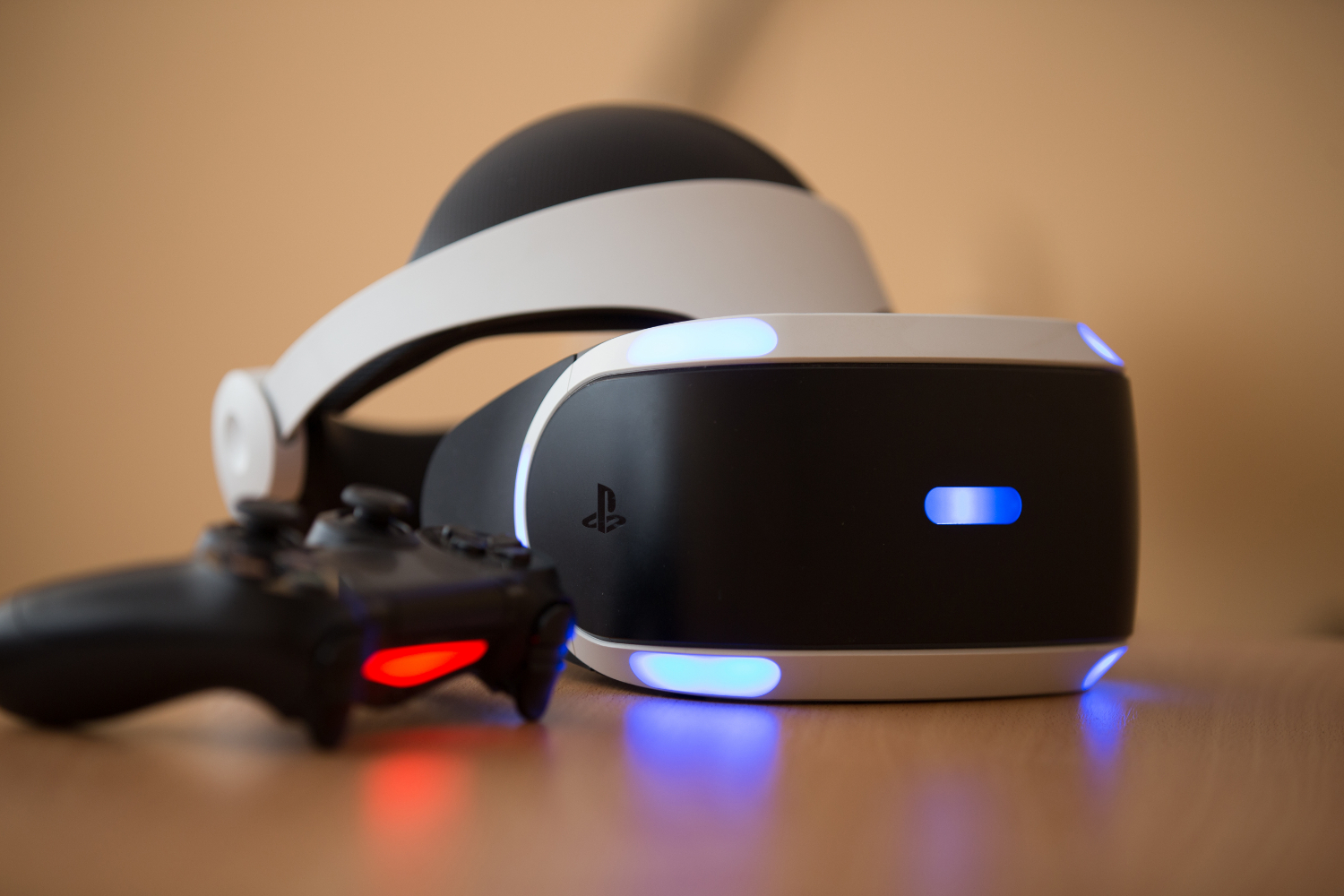PSVR Earns VR Crown as Low-End VR Bottoms Out
Strategy Analytics today reported that VR headset shipments fell by more than 50% between 2017 and 2018. That might seem like a catastrophe, but the research firm said this shift mostly affected low-end products like Google Cardboard, while revenues from higher-end products stayed fairly steady.
Google introduced Cardboard to give people a cheap way to experience VR. Its popularity was boosted via numerous promotions, with perhaps the most high-profile being The New York Times sending a Cardboard headset to all of its print subscribers, in a bid to help consumers see VR's appeal. Other headset makers relied on similar promotions to give their low-end VR headsets a boost while also exposing people to VR's basic capabilities.
Those devices probably weren't supposed to stay popular for long; we doubt Google was planning to vastly expand its empire with a bunch of corrugated headsets. Lumping them in with the rest of the VR market leads to results like those reported by Strategy Analytics, which said that VR headset shipments fell from 31 million in 2017 to 15 million in 2018, with a corresponding decline in revenues from $1.9 billion to $1.8 billion year-over-year.
“Brands and marketing agencies have transitioned budgets away from VR towards novel AR services, such as Snapchat, so the giveaways of Cardboard headsets by brands such as the New York Times and McDonalds have halted," Strategy Analytics' David MacQueen said in a statement. "Samsung and other vendors have largely ceased bundling VR headsets with smartphone sales. However, our research shows that consumers who have tried VR really enjoy the experience and are seeking out higher quality experiences with better headsets. The simple devices helped to drive demand, but their time is coming to an end. This is reflected in Google’s market share, which has dropped from a market-leading 21% in 2017 to 11% in 2018.”.
The research firm said that more powerful VR headsets remained popular between 2017 and 2018. It added that these products have been popular in 2019, but didn't offer the same quantitative measurements as it did for the two years prior, so it's unclear how much data it's gathered this year. Sony is said to lead the VR hardware market with PlayStation VR (PSVR), while HTC and Facebook (via Oculus) remain the market leaders for the PC VR, essentially splitting the segment.
Strategy Analytics said that Sony might further its lead with the introduction of the PlayStation 5--although that might depend on how the company responds to increasing tariffs on its products--and its continued support for VR experiences released for the PS4. (Backwards compatibility is always called into question when companies release new consoles.)
All told, it seems that Strategy Analytics effectively confirmed what many probably suspected, which is that the VR market is maturing. That means entry-level products, like Cardboard and Gear VR, are likely to become less popular as people invest more into premium devices. Many have certainly opened their wallets this year--IDC said in June that VR and AR headset shipments are on the rise, due to the introduction of standalone headsets.
Get Tom's Hardware's best news and in-depth reviews, straight to your inbox.

Nathaniel Mott is a freelance news and features writer for Tom's Hardware US, covering breaking news, security, and the silliest aspects of the tech industry.
